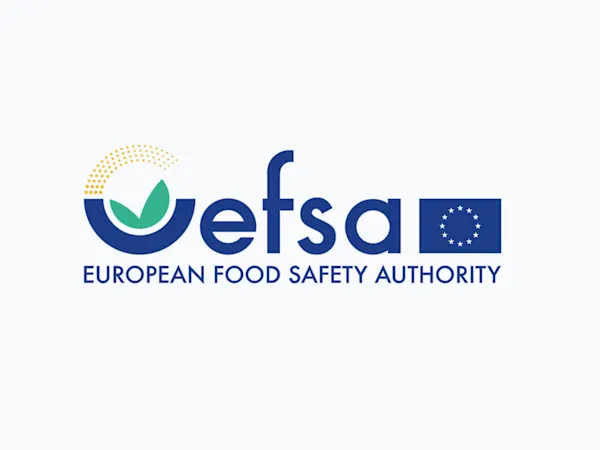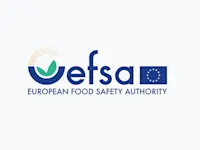
EFSA Seeks Feedback on Overhaul of Weight of Evidence and Biological Relevance Guidance
EFSA launches consultation on updating its Weight of Evidence and Biological Relevance guidance, aiming to streamline chemical risk assessment practices.


The European Commission has released a detailed FAQ document to assist businesses and stakeholders in understanding the new Ecodesign for Sustainable Products Regulation (ESPR). Published on 25 September 2024, the document offers crucial insights into compliance, regulatory scope, and sustainability standards, which are set to reshape the European market.
The Ecodesign for Sustainable Products Regulation (ESPR), formally introduced by the European Commission in 2024, is a major initiative aimed at improving the environmental sustainability of products within the EU market. The ESPR focuses on product design, materials, and lifecycle management to reduce waste, enhance recycling, and limit environmental harm.
Released on 25 September 2024, the Frequently Asked Questions (FAQ) document (Version 1.0) provides clear answers to common concerns regarding the regulation. Compiled by the Directorates-General for Environment, Energy, and Internal Market (DGs ENV-ENER-GROW), this 1.22 MB PDF clarifies the requirements that will impact manufacturers, suppliers, and consumers across the European Union.
The FAQ specifies that while the ESPR has come into effect, many of its product-specific requirements will not be mandatory until 2027. This timeline offers businesses time to adapt to the upcoming changes, particularly regarding tracking chemical substances and adhering to design standards aimed at improving sustainability.
Foresight continuously tracks 1000s of sources and maps updates to your portfolio:




EFSA launches consultation on updating its Weight of Evidence and Biological Relevance guidance, aiming to streamline chemical risk assessment practices.

The Netherlands refines its list of potential ZZS chemicals to better align with EU assessments, boosting early detection and regulatory foresight.

Germany's CONMAR-Impact study sets new environmental quality standards for TNT in marine ecosystems, raising industry-wide compliance questions.
Subscribe to Foresight Weekly and get the latest insights on regulatory changes affecting chemical compliance.
Free forever. Unsubscribe anytime.
Read by professionals at